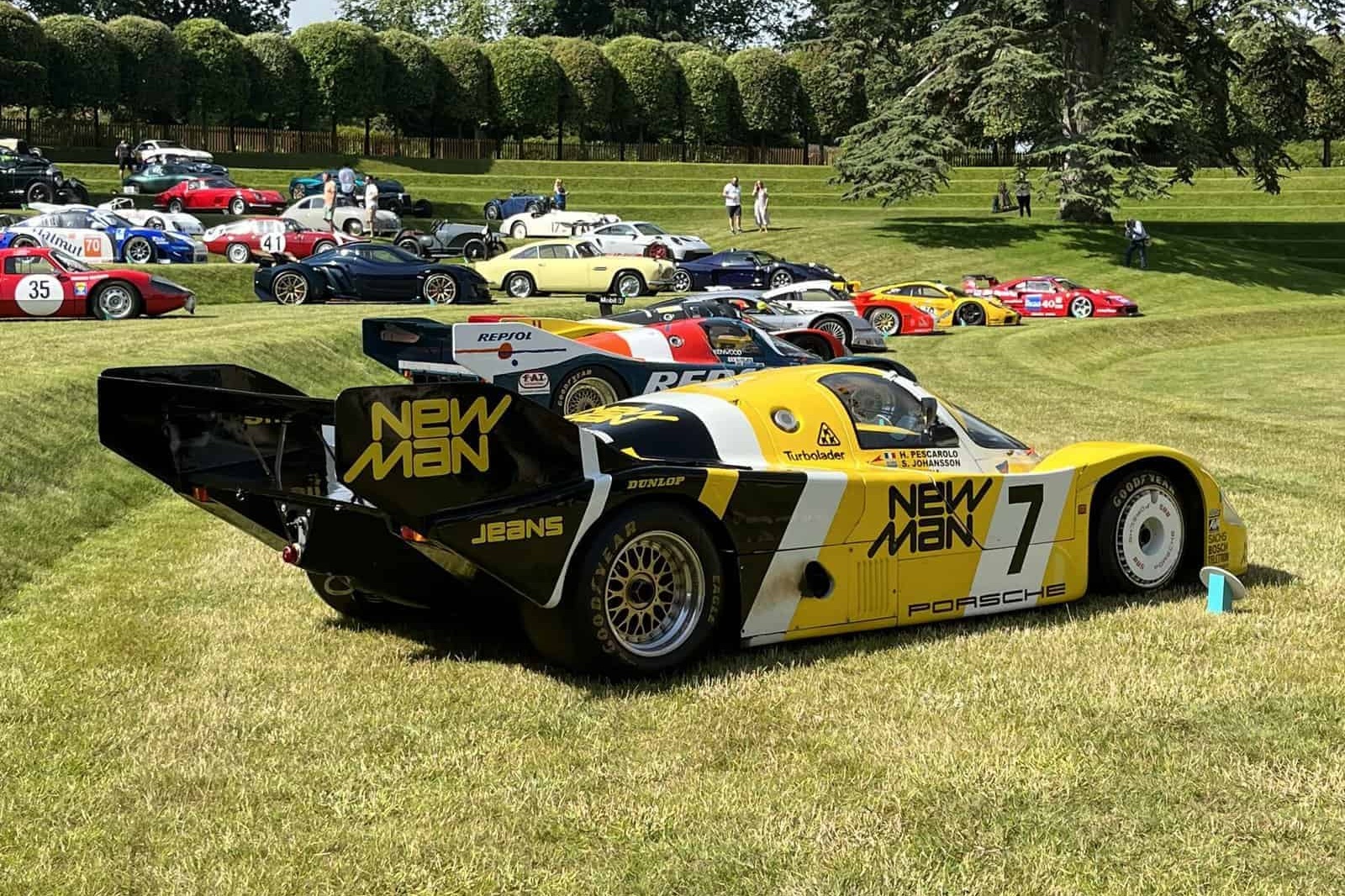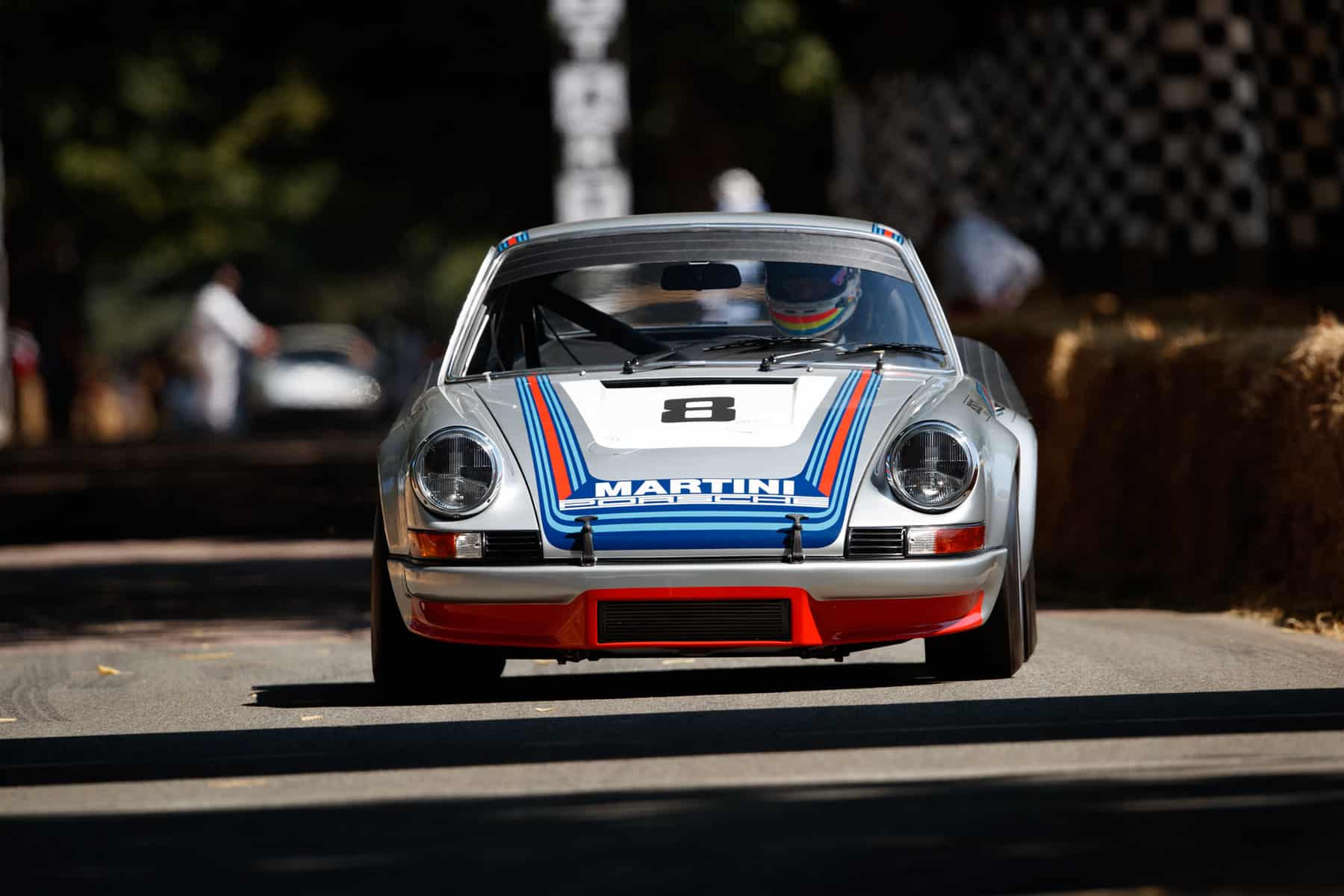Honda’s Big Surprise
Behind the Japanese manufacturer’s Formula 1 Exit
BY: WOUTER MELISSEN
The Honda Motor Company sprang a genuine October surprise on the second of the month by sending a press release that opened with the following paragraph: “Honda Motor Co., Ltd. today announced that it has decided to conclude its participation in the FIA Formula One (F1) World Championship as a power unit supplier at the end of the 2021 season.”
This was by no means the first time Honda pulled out of Formula 1. The withdrawals, however, usually came off the back of either a hugely successful (1992) or bitterly disappointing (2008) period. This time around, Honda‘s effort as an engine supplier was just gaining traction, with both teams running the Japanese power unit scoring a Grand Prix win this year. In fact, Honda has been the only other engine supplier to score victories in 2020 apart from the ever-dominant Mercedes-Benz. With rule changes around the corner, which included a budget cap, there was a good chance of much more success in the near future.
For Honda, success was necessarily the driving force behind its involvement in Formula 1. Winning is never a bad thing, of course, but for the Japanese manufacturer the program also served to train the company’s engineers. This certainly explains why Honda was back in F1 less than a decade after pulling out the previous time. The current regulations are centered around a sophisticated hybrid drivetrain with a two-fold energy recovery system that very much has real-world application. At the heart is a relatively small turbocharged V6 engine. Energy is harvested by the turbocharger itself as well as a conventional hybrid-electric motor. The combined output of the power unit can reach 1,000 hp with a fully charged battery.
In 2015, hybrid drivetrains were very much thought to be the way forward, but attention has now shifted to all-electric cars. Honda hopes to achieve carbon neutrality by the year 2050: “Toward this end, Honda needs to funnel its corporate resources in research and development into the areas of future power unit and energy technologies, including fuel cell vehicle (FCV) and battery EV (BEV) technologies, which will be the core of carbon-free technologies.” Due to dwindling car sales as a result of the global COVID-19 pandemic, the immediate funding and personnel for this ambitious goal were not readily available. This is what ultimately drove the Japanese manufacturer to pull the plug on Formula 1 and re-allocate the resources to the newly created center for Innovative Research Excellence, Power Unit & Energy.
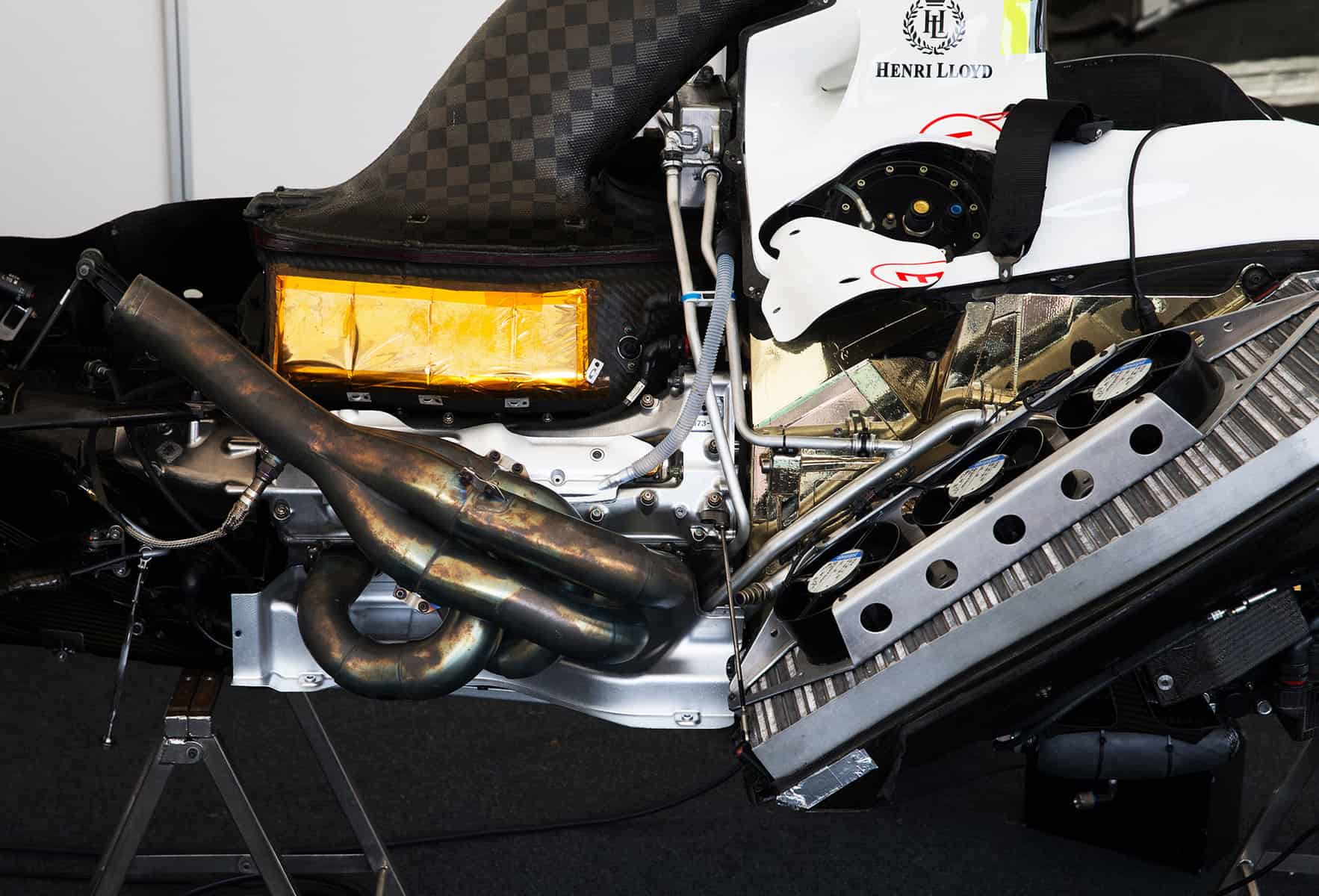
As mentioned above, Honda previously called time on Formula 1 at the end of 2008. At that point, the Japanese manufacturer was not just an engine supplier but operated a complete team. This was a step much easier to comprehend, as the economy had just collapsed and the Honda team had just endured two horrid seasons. There were stories of the 2009 car looking set to be absolutely fantastic, but it looked highly unlikely that the car would make it to the grid. To Honda’s credit, the staff of what was once the Tyrrell team was looked after through to the end of 2009.
Honda’s team principle at the time was Ross Brawn, who had previously been involved in all of Michael Schumacher’s championship-winning campaigns at Benetton and Ferrari. In a remarkably short time, he carved out a future for the team. He bought the team from Honda and managed to secure a deal with Mercedes-Benz to run their V8s in place of the no longer available Honda engine. Brawn also convinced drivers Rubens Barrichello and Jenson Button to stick around for another season.
Despite having to install a completely different engine at the very last minute, the Brawn BGP001 Mercedes was ready in time for pre-season testing. The tests were highly anticipated, as there had been substantial changes in the aerodynamic and tire regulations. With the 2008 season a lost cause anyway, the Honda team had been able to start developing their new car early, which had resulted in a rather large and controversial ace up the new Brawn team’s sleeve. Sporting a white livery with Day-Glo stripes, the new Brawn proved to be immediately on the pace.
The cars were shipped to the other side of the world for the season opening Australian Grand Prix. Times in testing can be deceiving and some speculated that the Brawn cars had run underweight to attract additional sponsors. Come qualifying, the Brawn racers showed that the pace in testing was a true reflection of the BGP001 form as Button and Barrichello managed to lock out the front row. This turned out to be no fluke as the two drivers controlled the race and scored a sensational one-two victory. For any team this would have been a perfect start of the season, but for Brawn GP this was all the more remarkable, as it officially did not exist four weeks before the race.
What was it that made the BGP001 so good? It definitely was not the new Mercedes engine, as the best a similarly engined McLaren could muster was fourteenth in qualifying. It turned out that the pre-season speculation had been absolutely correct: the team had indeed developed a stunning car. The engineers had taken a very close look at the new regulations and had discovered an interesting loophole. This concerned the diffuser at the very back of the car. A crucial aerodynamic device in its own right, extra emphasis was placed on this area, as the new rules called for a narrower rear wing.
The regulations describing the general shape and dimensions were quite clear. The former Honda engineers, and for that matter their colleagues at Toyota and Williams, had figured that there was much more room to work with the mandatory rear crash structure. In addition to serve its purpose as a safety feature of the car, it could also be aerodynamically shaped to serve as an extension of the diffuser. In effect, the teams had created a double-decker diffuser, which certainly worked best [delete space]on the Brawn. The other teams doubted this setup was legal and filed a protest. The sports governing body, however, declared the double diffuser legal and allowed the BGP001 to race as it had been intended.
Button made the most of his early advantage, winning six of the seven opening Grand Prix. With most of the team’s scarce resources allocated to actually getting the team on the grid, it was inevitable that the other teams would catch up. After winning the Turkish Grand Prix, Button finished on the podium just twice more in ten attempts. Teammate Barrichello showed that there was life in the BGP001 yet by winning the European and Italian Grands Prix. The early form had proven sufficient for both Button and the Brawn GP to end the fairytale season as Drivers’ and Constructors’ World Champions respectively. Button used just a single BGP001 chassis throughout the year, making this one of the most successful Grand Prix cars of all time.
Back in Japan, the results of the Brawn GP team must have been followed with mixed feelings. Of course, the results may have not been seen with a Honda engine in the back of the car, but it certainly appeared that the Japanese manufacturer had thrown away its best chance to win the World Championship yet. Impressed by the success, Mercedes-Benz bought out Brawn by November 2009 and started to rebuild the team. The results speak for themselves with the Mercedes-Benz F1 team winning both World Championships without exception since 2014.
Honda’s current announcement leaves the two Red Bull–owned teams scrambling for a new engine. Of the three remaining suppliers, Renault is the only viable option, as it has no other customers than its work team. According to the regulations, the French manufacturer is obliged to supply Red Bull Racing and Scuderia Alpha Tauri a power unit, as Ferrari already supplies three and Mercedes-Benz five teams. This would mean a renewed partnership between the two, but the first one certainly did not end on the best of terms, to put it mildly.
There may be a different solution with Honda offering an interesting way. As in 2008, the Japanese company is not acting as ruthlessly as the original announcement may have suggested. The manufacturer seems willing to hand over its engine technology to Red Bull Racing at the end of 2021, allowing the team or even another manufacturer to develop it further for use from 2022 onwards. So there is the off chance of history repeating itself once more, this time with a rebadged, Honda-developed engine vying for the World Championship.
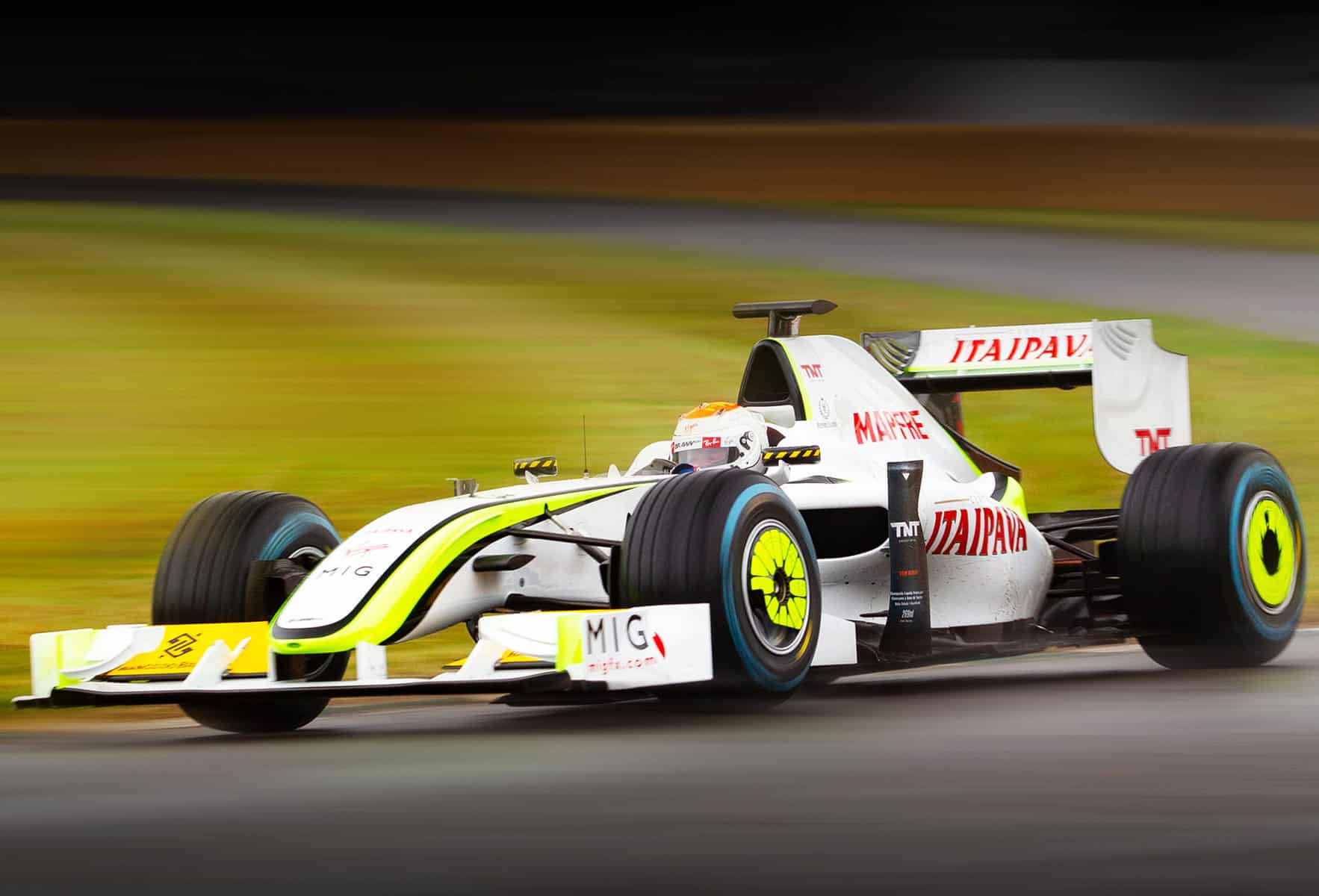
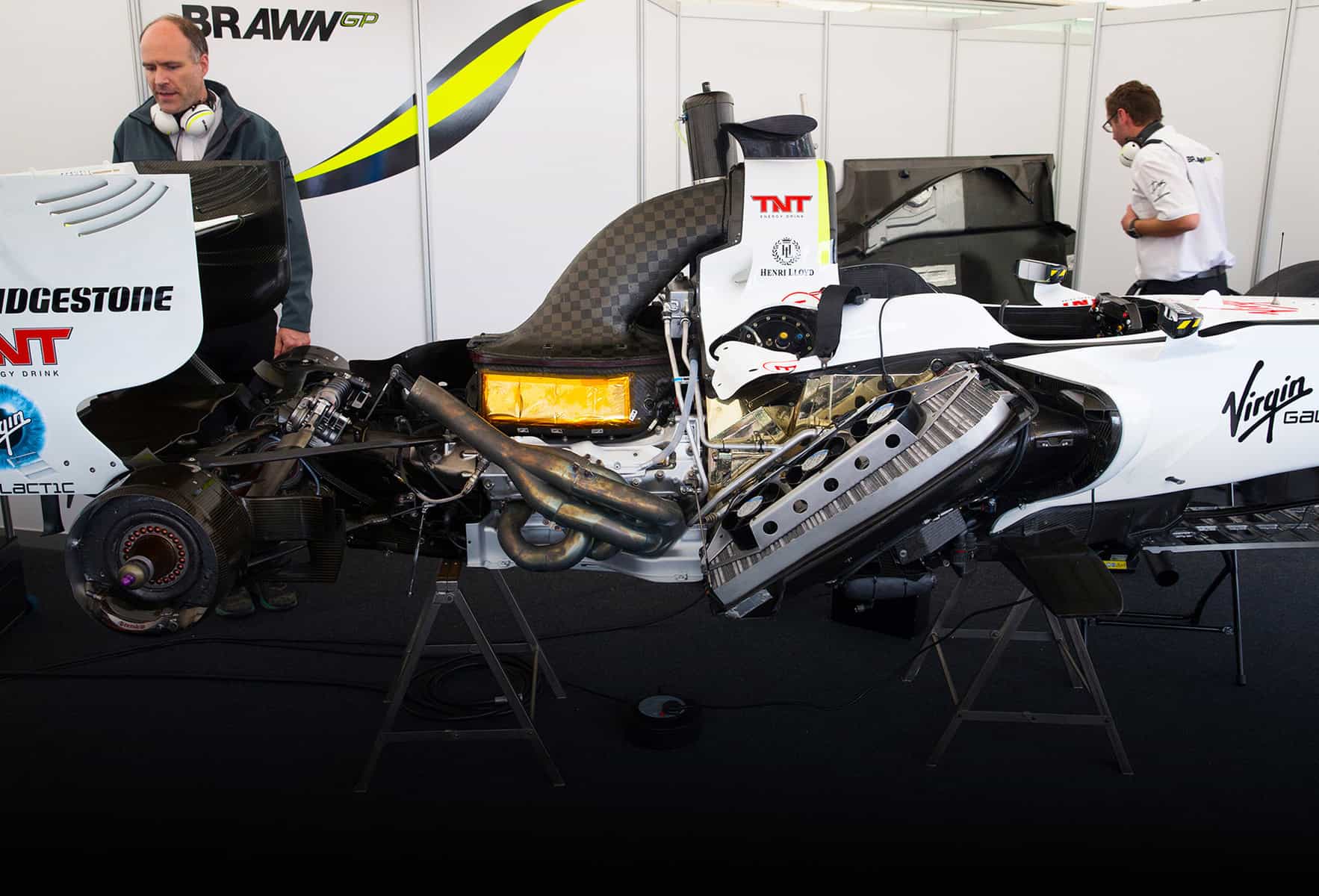
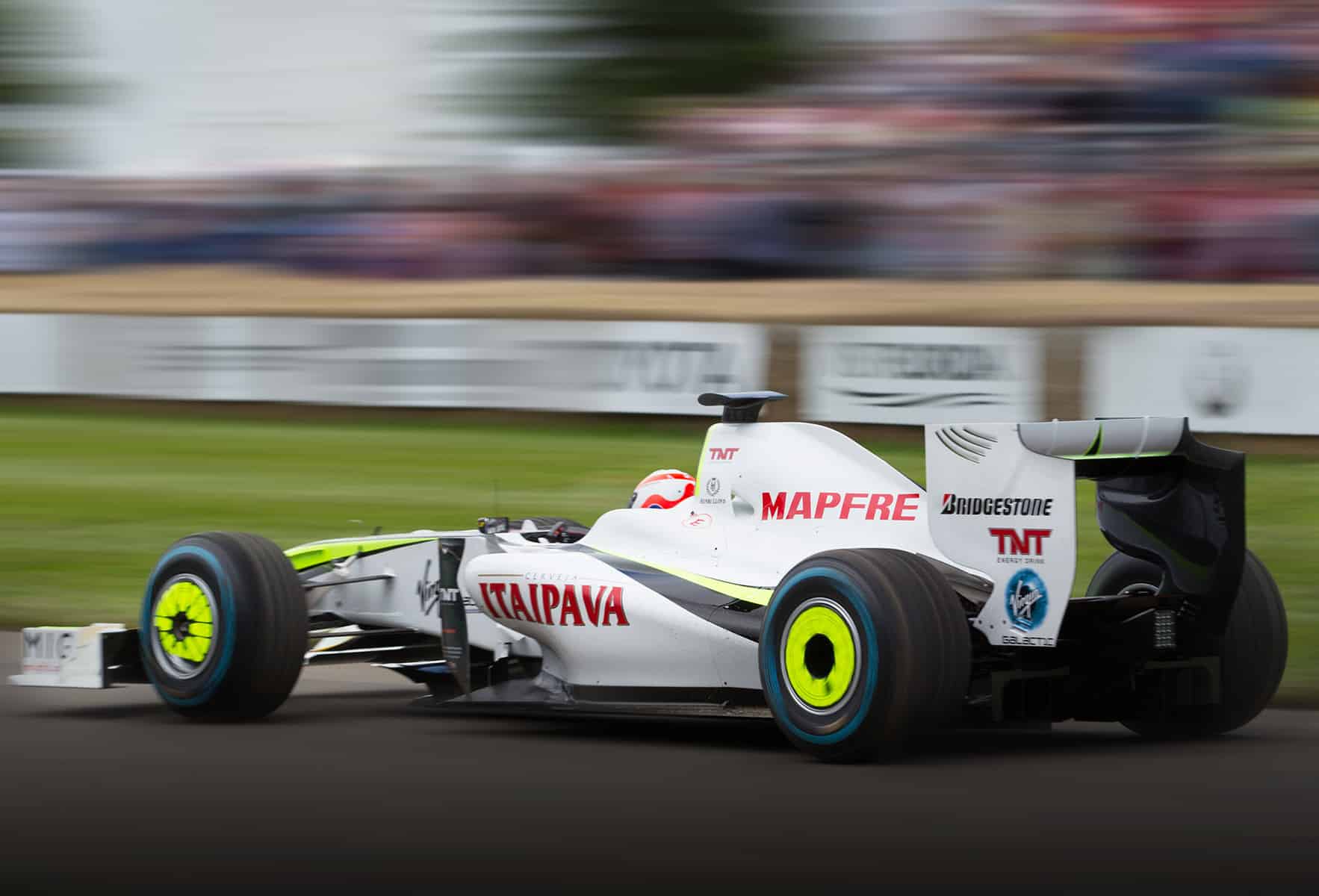

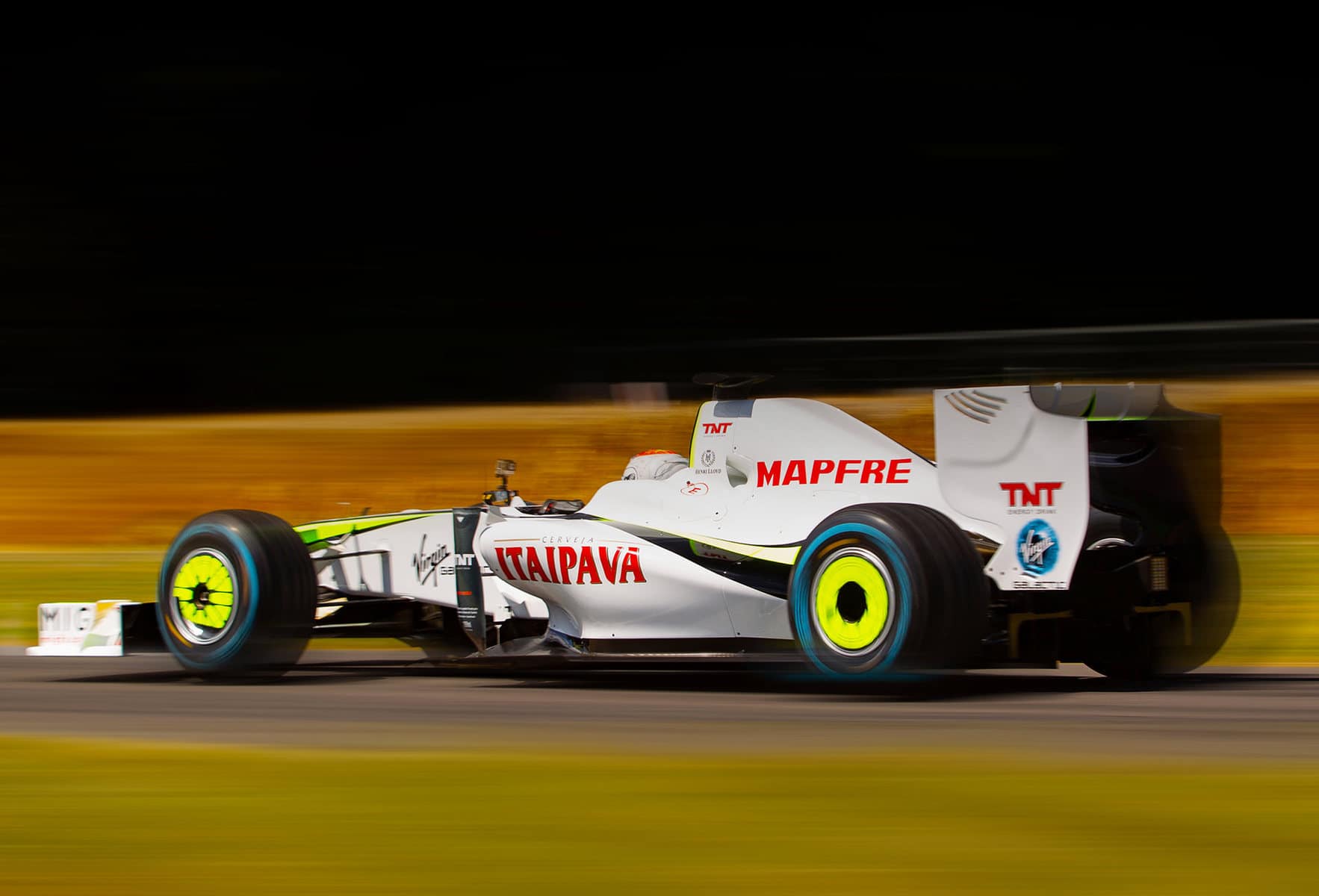
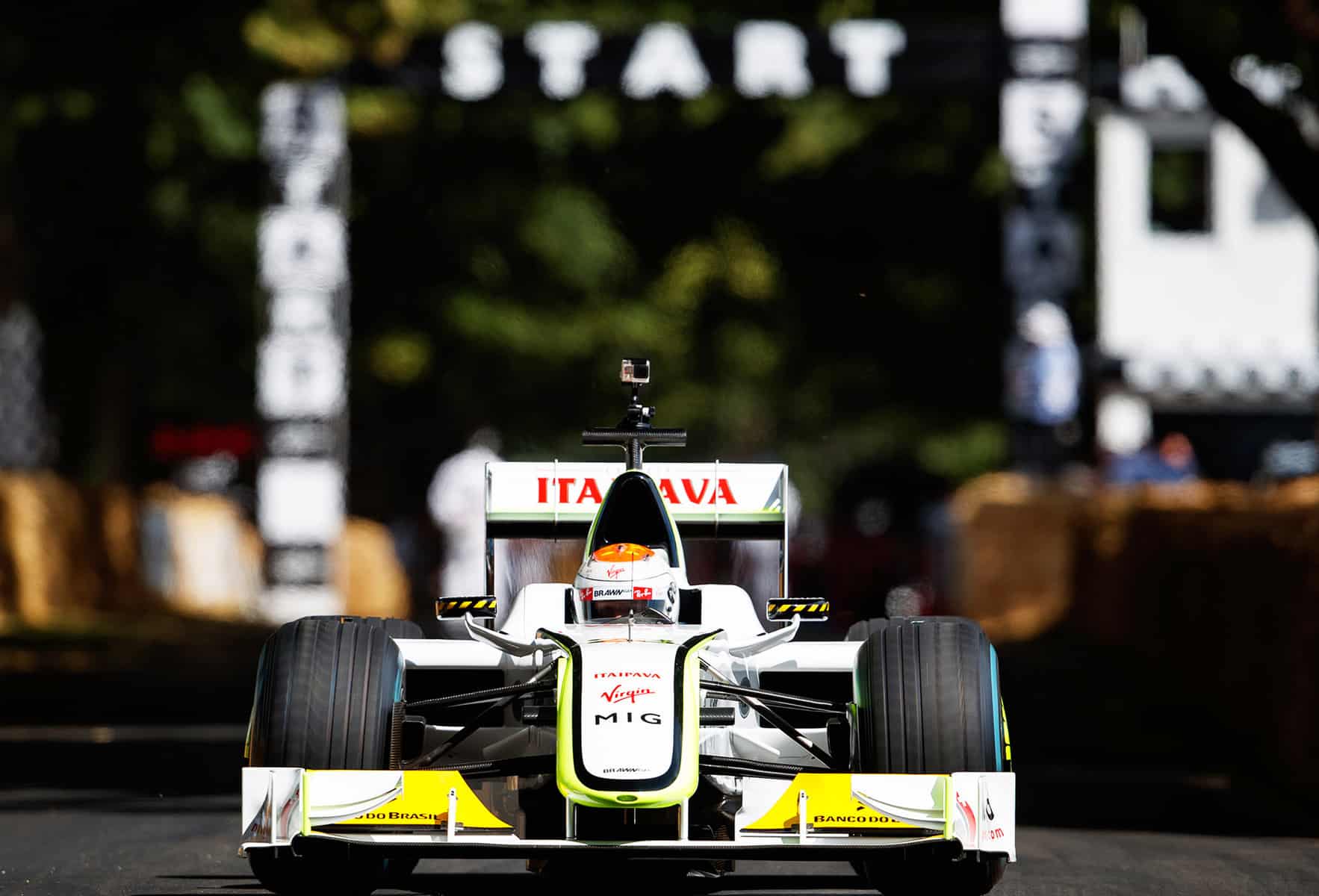


![alfa gtz perfectly imperfect webannerl[1]](https://automedia.revsinstitute.org/wp-content/uploads/2024/08/Alfa-GTZ-Perfectly-Imperfect-webannerl1-uai-1200x800.jpg)
